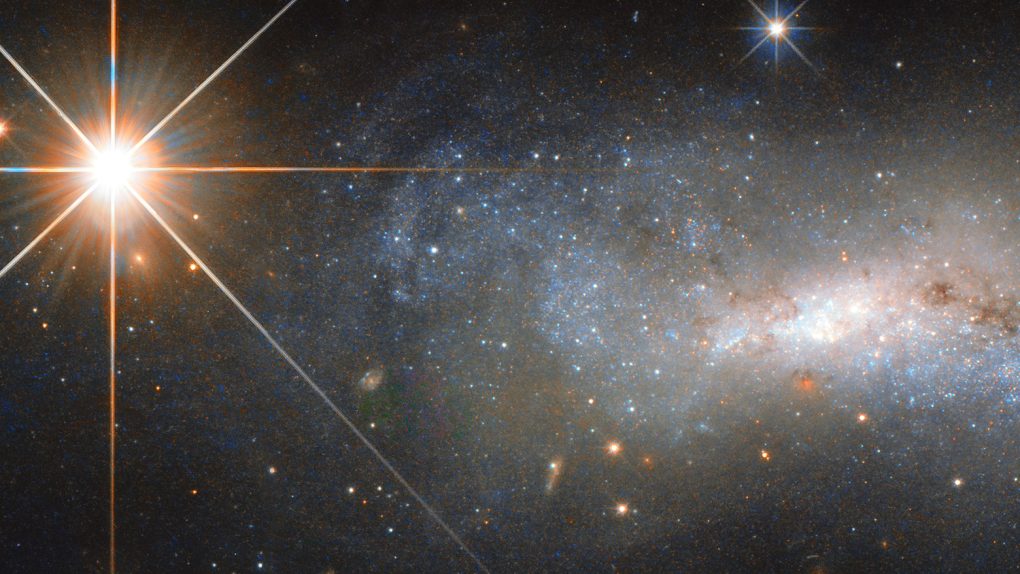Humans don’t yet possess the technology required to visit neighboring stars, but astronomers can still learn a great deal about them just by looking. The brightness and color of a star can reveal what stage of life it’s in, and even allow scientists to predict what will happen to the star in the future.
Our Sun’s brightness may seem constant but it actually changes from time to time, and those peaks and valleys are common in other stars as well. However, some stars flicker or pulse differently than others, and researchers just discovered a new, particularly intense kind of “pulsator” that nobody had predicted.
The scientists, who wrote about their discovery in a new paper in Astrophysical Journal Letters, spotted this new class of star on accident while attempting to study rapidly-rotating binary stars. The team noticed that a handful of the stars they were observing were flashing rapidly, shining brightly and then dimming slightly every few minutes.
These heavy-breathing stars are now believed to be subdwarfs, or tiny, incredibly hot stars with masses less than half that of our own Sun but temperatures many times hotter.
“These stars have certainly completed fusing all of the hydrogen in their core into helium, explaining why they are so small and can oscillate so rapidly,” Lars Bildsten of UC Santa Barbara said in a statement.
Because of their rapid pulsing, the researchers were able to get a very good idea of the size and structure of the stars. Using simulations and models, the scientists now believe the starts have dense helium in their cores. The researchers suggest that additional sky surveys could yield the discovery of even more new star variants in the not-so-distant future.








